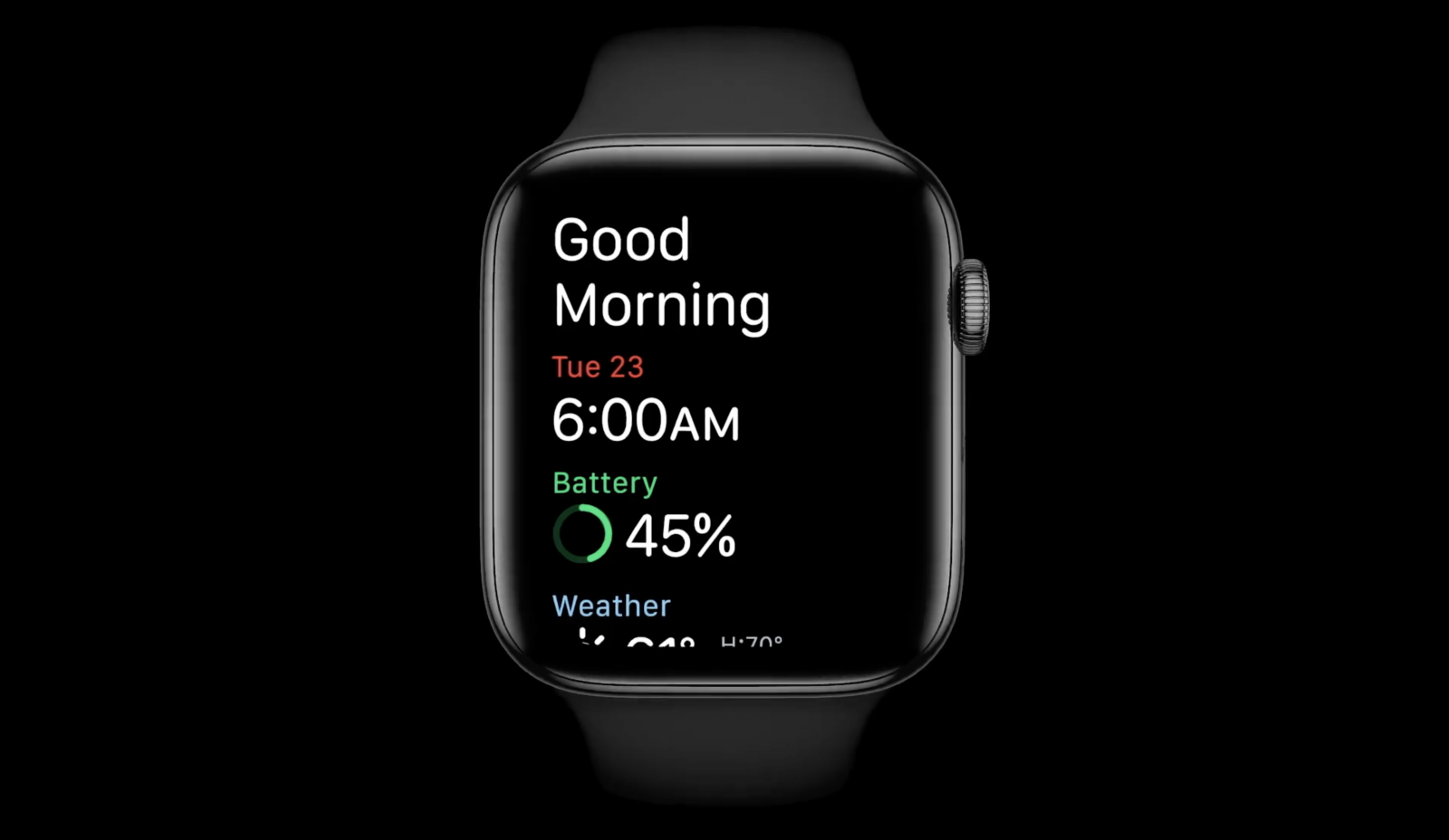The Apple Watch is my favorite wearable mainly as Activity – now called Fitness in WatchOS 7 – keeps me on track with my fitness goals. There’s one big thing the Apple Watch is missing, however: sleep tracking. In WatchOS 7, this will no longer be an issue as Apple just announced at WWDC, though it’s been rumored for quite some time.
For years, I’ve been using a Fitbit Charge 4 while I sleep as it allows me to really understand how I’m sleeping. I also have a smart mattress – the Sleep Number bed – which tracks my sleep but doesn’t always measure it properly. Sleep tracking on the Apple Watch will hopefully fix this.
In iOS, there are subtle features around digital wellbeing that help you keep to the same routine, including setting the time you go to bed and wake up. As part of the suite of sleep features on WatchOS 7, you can now add this to the Apple Watch and the screen will dim during this period, hopefully also helping to save battery life. When you set an alarm, you can choose whether it should sound an alarm or simply vibrate against your wrist.
While you’re sleeping, your Apple Watch will use machine learning to track your heart rate and breathing, and presumably, it will also display these in several different ways including charts and graphs. You can also set sleep schedules, a wind-down period where your Watch will help you unwind for the day and, much like Activity, goals that you’ll measure against.
One of the downsides, aside from Apple dropping support for the Watch Series 1 and 2, is that with Sleep Tracking, you’ll have to probably charge your watch during the day, as you can no longer leave it on the charger overnight.
Another question is whether the upcoming Apple Watch will support blood oxygen monitoring, as current models don’t. Utilizing this metric would greatly improve sleep tracking, especially its quality, as well as defining stages more accurately.

